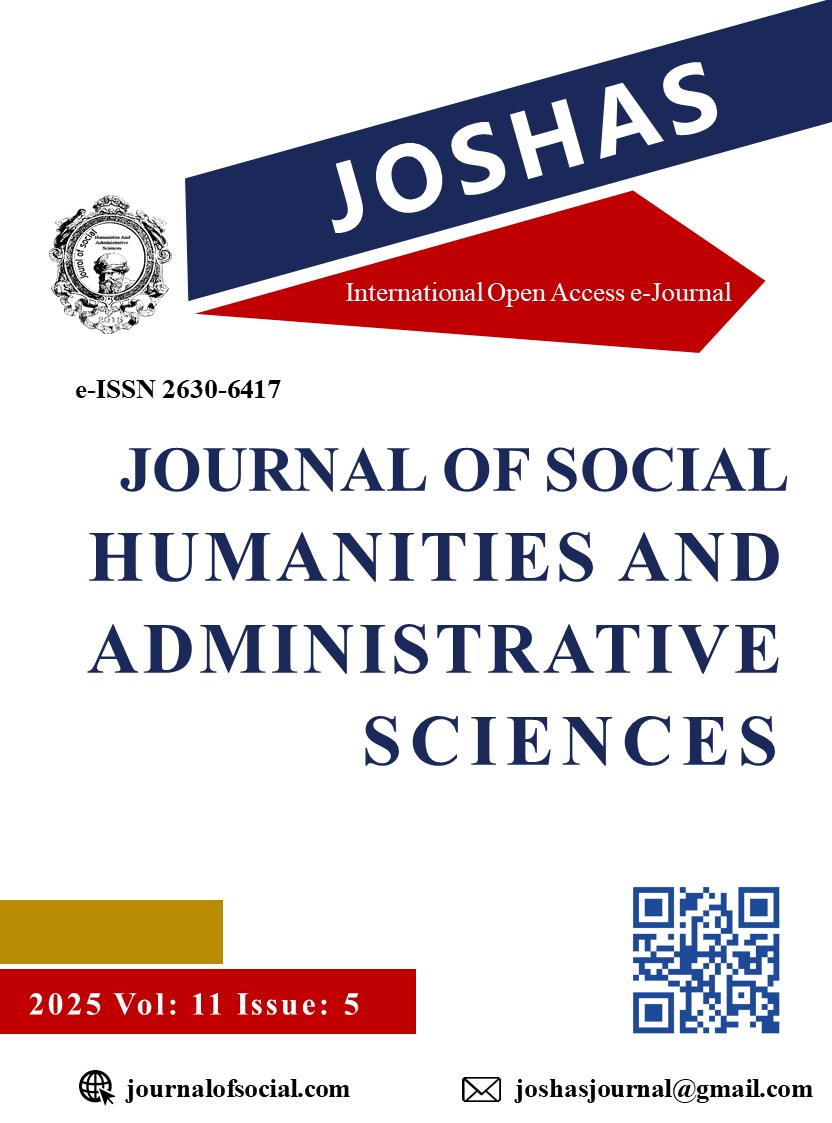Author :
Abstract
Dijital çağda yapay zekânın (YZ) sanatsal üretim süreçlerine dahil olması, sanatçı–araç ilişkisinde köklü bir dönüşüm yaratmaktadır. Geleneksel olarak araçlar, sanatçının bilinçli yönlendirmesiyle işlev kazanırken, Generative Adversarial Networks (GAN) ve derin öğrenme temelli sistemler, öngörülemezlik ve rastlantısallık öğeleriyle üretim sürecinde aktif rol üstlenmektedir. Bu makale, YZ’nin sanat üretiminde araçsallıktan işbirlikçiliğe evrilen konumunu, yaratıcılığın taklidi, bilinç, kontrol ve sahiplik gibi kavramlar üzerinden tartışmaktadır. Felsefi çerçevede Descartes’ın bilinç anlayışı, Heidegger’in “aletin görünmezliği” temel alınarak, YZ’nin insan merkezli yaratıcılık anlayışıyla kurduğu ilişki sorgulanmaktadır. Refik Anadol, Mario Klingemann, Anna Ridler ve Ahmed Elgammal gibi sanatçıların çalışmaları, YZ’nin hem araç hem de yaratıcı ortak olarak nasıl konumlandığını örneklemektedir. Çalışma, nitel bir yöntemle vaka analizleri ve literatür taraması üzerinden yürütülmüş, içerik ve karşılaştırmalı analiz teknikleri kullanılmıştır. Sonuç olarak YZ, sanatçının yönlendirici rolünü korurken, öngörülemez katkılarla simbiyotik bir ortaklık ilişkisi kurmakta; bu durum ise sanatta yaratıcılık, kolektiflik ve estetik değerlerin yeniden tanımlanmasını gerekli kılmaktadır.
Keywords
Abstract
The incorporation of artificial intelligence (AI) into artistic production processes in the digital age is creating a radical transformation in the artist-tool relationship. While traditionally, tools functioned through the artist's conscious direction, Generative Adversarial Networks (GANs) and deep learning-based systems, with their elements of unpredictability and randomness, play an active role in the production process. This article discusses the evolving position of AI in art production from instrumentality to collaboration through concepts such as the imitation of creativity, consciousness, control, and ownership. Within a philosophical framework, drawing on Descartes' understanding of consciousness and Heidegger's "invisibility of the tool," AI's relationship with a human-centered understanding of creativity is explored. The works of artists such as Refik Anadol, Mario Klingemann, Anna Ridler, and Ahmed Elgammal exemplify how AI is positioned as both a tool and a creative partner. The study was conducted using a qualitative methodology, case studies, and a literature review, employing content and comparative analysis techniques. As a result, while AI maintains the guiding role of the artist, it establishes a symbiotic partnership with unpredictable contributions; this necessitates the redefinition of creativity, collectivity and aesthetic values in art.





